The notion of wild horse hoof care may seem paradoxical to some, as these majestic creatures have thrived for centuries without human intervention. Yet, understanding the intrinsic mechanisms behind how wild horses maintain hooves not only fascinates equine enthusiasts but also offers insights into more natural care practices for domestic horses.
Understanding Wild Equine Hoof Biology
At the core of wild equine hoof biology is a robust structure designed to endure the rigors of diverse terrain. The hooves of wild horses are living tissues that continuously grow and adapt to their environment, ensuring their survival and mobility.
The Importance of Hoof Health in Wild Horses
Hoof health in wild horses is paramount, as their hooves are their foundation. Proper hoof maintenance is crucial for their ability to forage, flee from predators, and overall longevity.
The Natural Process of Hoof Wear in Wild Horses
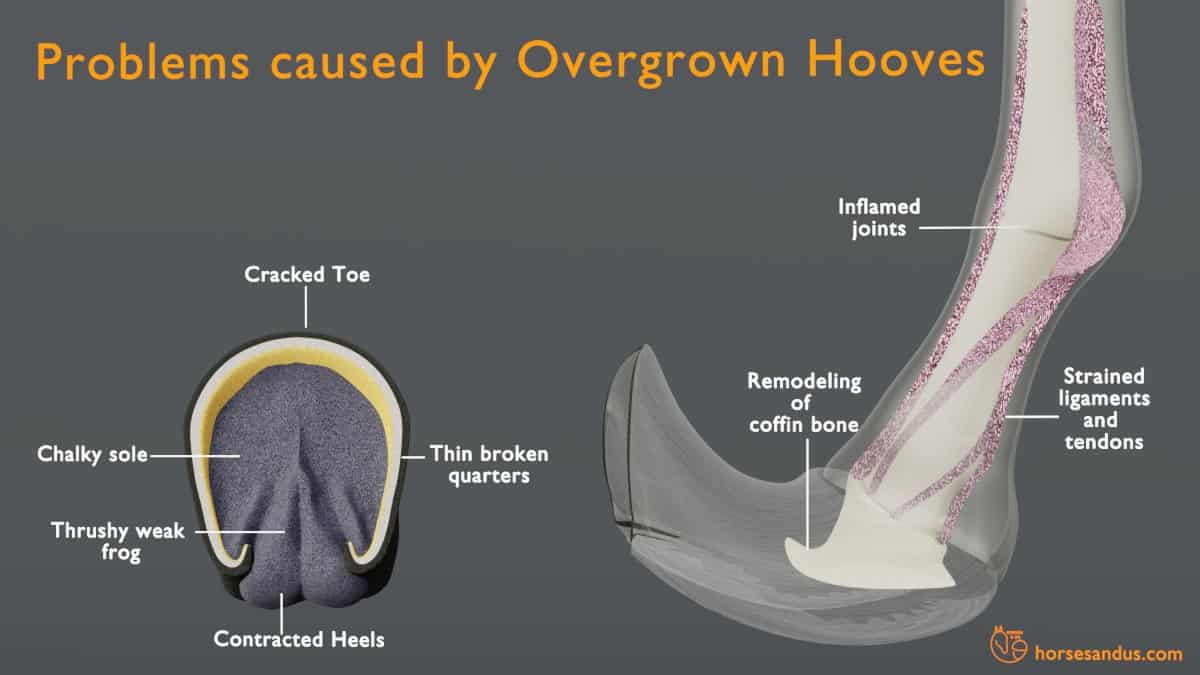
Evolving over millennia, wild horses have developed a natural process for hoof maintenance that keeps their hooves in optimal condition without any human aid.
How Wild Horses Maintain Hooves through Self-Trimming
Wild horses roam vast landscapes, encountering a variety of surfaces that naturally file down their hooves – a process known as hoof self-trimming. This activity effectively keeps their hooves from overgrowing and causing discomfort or injury.
Horse Hoof Growth and Wear: A Balanced Cycle
The horse hoof growth and wear process is a marvel of nature’s design, creating a balance that ensures hooves are not worn down too quickly nor allowed to overgrow. This cycle is maintained through their constant movement over different terrains.
Comparing Wild and Domestic Hoof Care
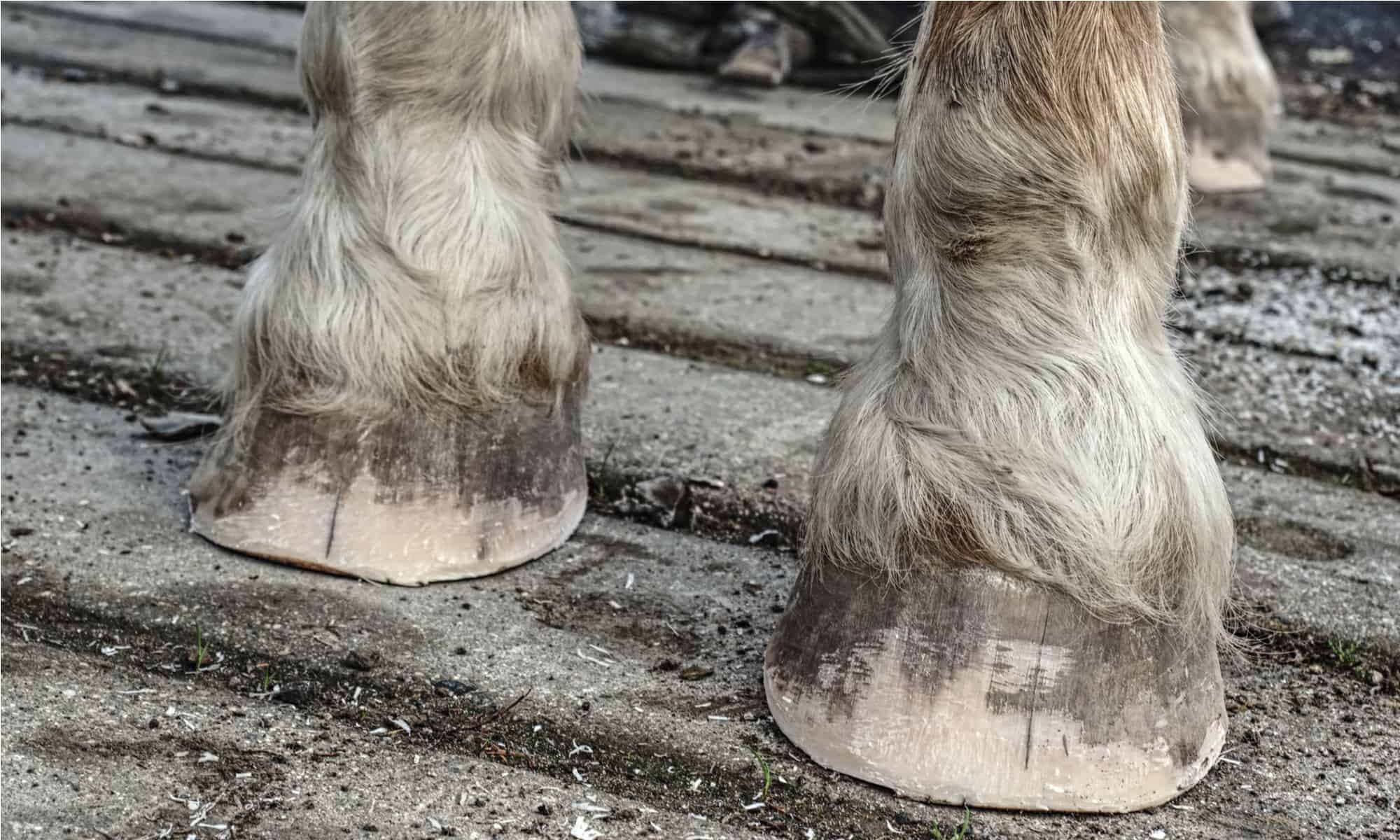
When we contrast wild horse hoof maintenance with that of domesticated horses, striking differences emerge, highlighting the impact of human practices on hoof health.
Wild Horse Hoof Care vs. Domestic Equine Podiatry
Equine podiatry, the branch of veterinary medicine focusing on horse hoof care, takes a more clinical approach compared to the natural methods seen in the wild. Domestic horses often require regular trimming and sometimes shoeing, to compensate for less movement and softer ground conditions.
Feral Horse Hoof Wear versus Traditional Trimming Methods
Feral horse hoof wear is a stark contrast to the traditional trimming methods employed by farriers. These methods involve cutting and shaping the hoof to prevent overgrowth, whereas in the wild, the horse’s natural activities perform this function.
The Science of Hoof Self-Trimming and Natural Hoof Trimming
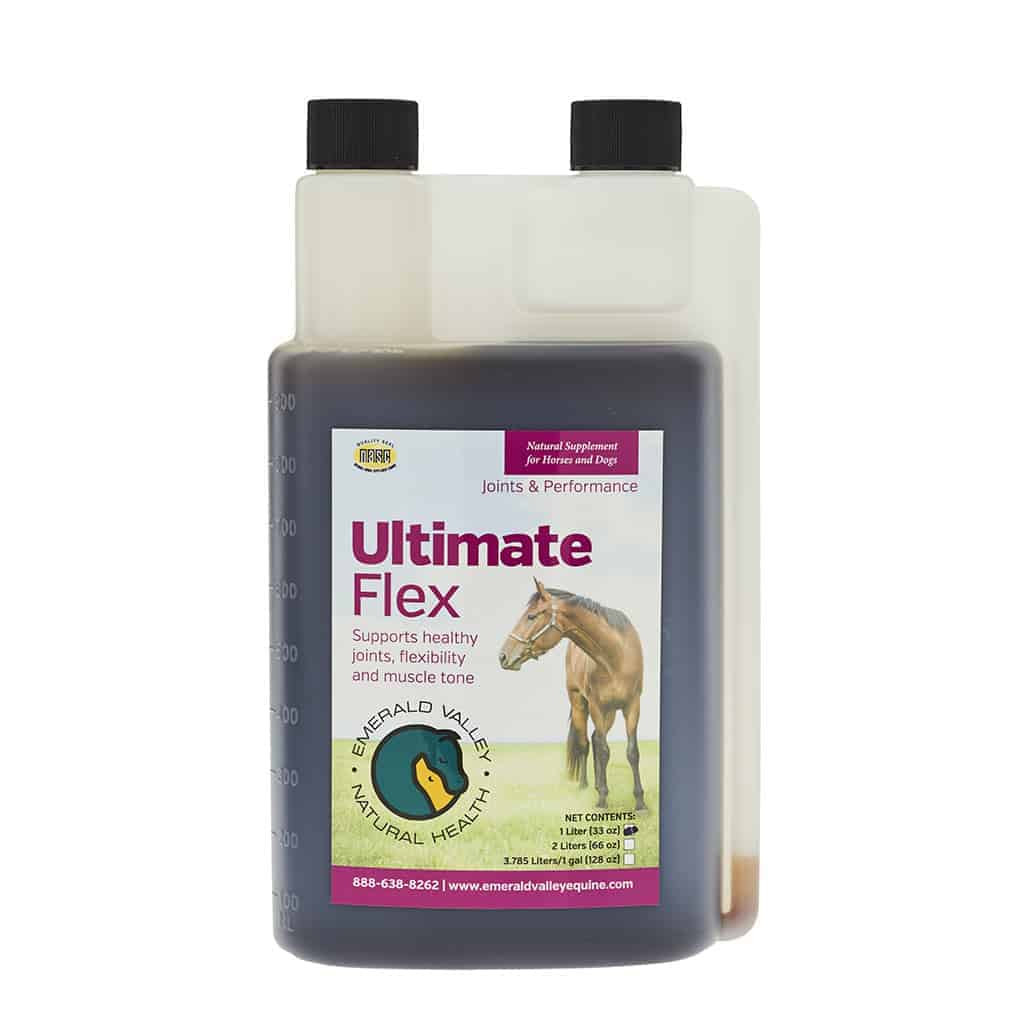
Understanding the science behind hoof self-trimming can lead to more humane and natural hoof care practices for domesticated horses.
Hoof Self-Trimming Explained
Hoof self-trimming is essentially an automatic process where the hooves wear down at the same rate as they grow. The key factors contributing to this are the horse’s weight, the terrain they traverse, and their daily mileage.
Adapting Natural Hoof Trimming Techniques for Domestic Horses
Natural hoof trimming techniques, inspired by the wild horses’ self-maintenance, can be adapted for domestic horses. These methods focus on mimicking natural wear patterns to promote hoof health and function.
Challenges in Wild Horse Hoof Maintenance

Despite the seeming self-sufficiency of wild horses in managing their hooves, they do face certain challenges that can affect hoof health.
Environmental Impacts on Hoof Health
Changes in the environment, such as extreme weather conditions or alterations in landscape, can impact the natural hoof maintenance cycle of wild horses, sometimes leading to hoof problems.
Human Intervention in Wild Horse Hoof Care
While human intervention is typically minimal, in situations where wild horse populations become too large or the environment cannot support them, wildlife management may step in to address hoof health issues.
Key Takeaways: Hoof Health and Maintenance Strategies
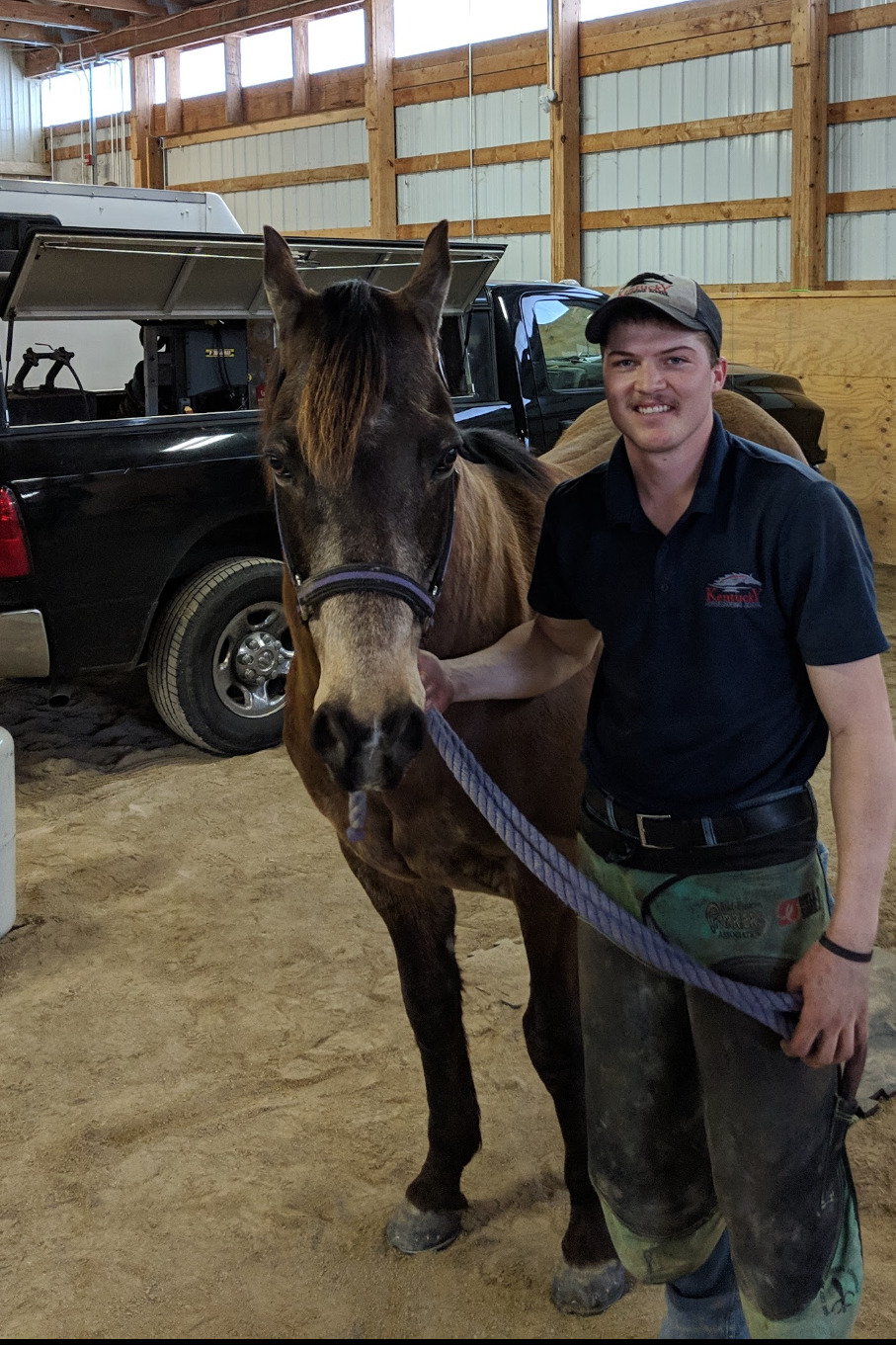
- Understanding wild equine hoof biology is crucial for developing effective hoof care strategies.
- Natural hoof wear in wild horses offers insights into more holistic approaches to hoof maintenance for domestic horses.
- Adapting natural hoof trimming techniques can lead to better hoof health in domestic horses.
Wild horses have always fascinated us with their freedom and natural behaviors, including how they manage their own grooming and health without human intervention. If you’re curious about how wild horses keep themselves in tip-top shape, our articles explore various self-care behaviors. For insights into their hoof care, check out our pieces on how wild horses clean their hooves and how they maintain their hooves. Moreover, you might be surprised to learn about their dental care; our article on how wild horses float their teeth delves into this intriguing subject.
Conclusion: The Future of Hoof Care Inspired by Nature
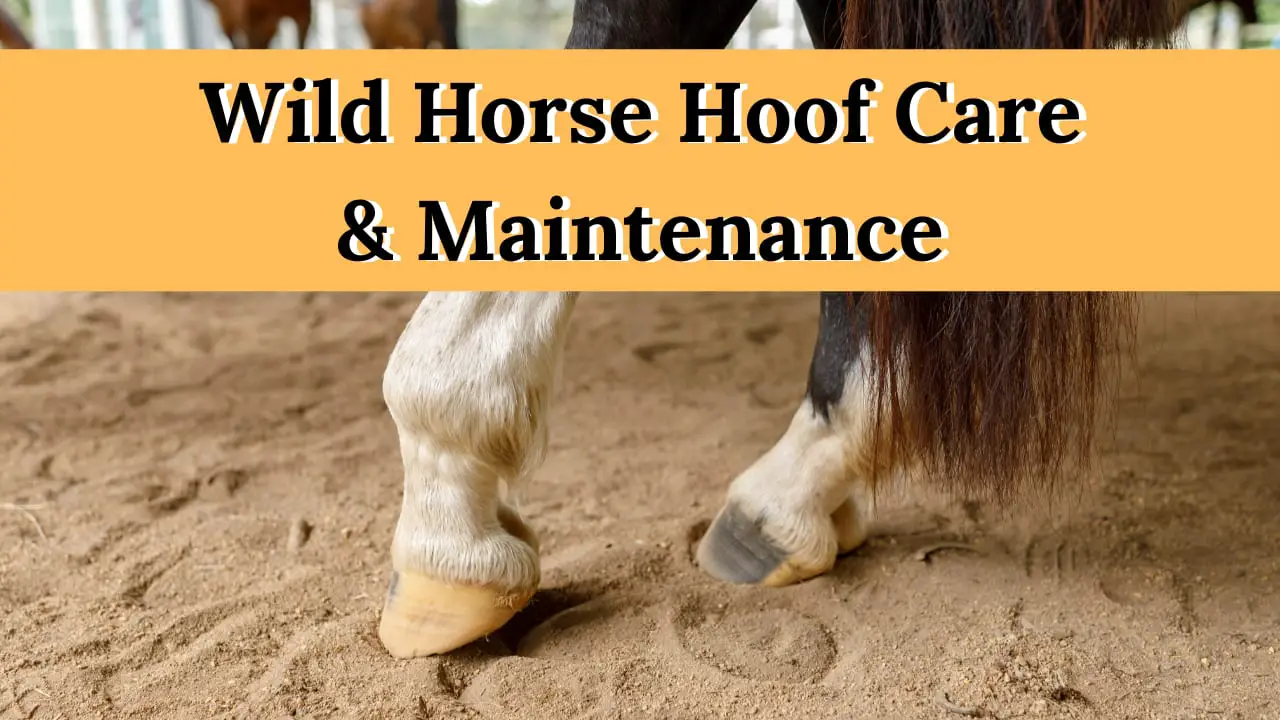
The future of hoof care, particularly for domesticated horses, may well be guided by the lessons learned from observing how wild horses maintain hooves. By respecting the natural design and incorporating it into equine podiatry, we can improve the well-being of all horses.



